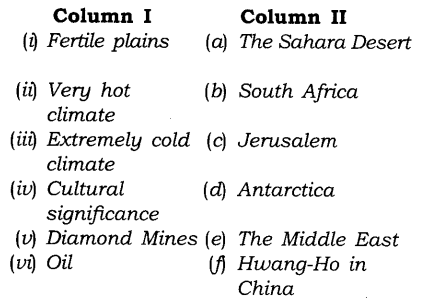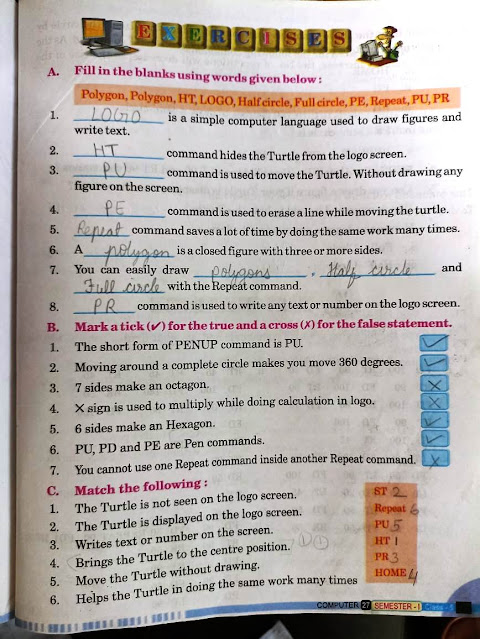EVENTS CONVENT HIGH SCHOOL
25/02/2022 CLASS- 9 SESSION 2021-22
SUBJECT : SOCIAL STUDEIS Geography
CHAPTER-6
POPULATION
____________________________________
Very Short Answer Type Questions
Question 1.
Only Bangladesh and Japan have higher average population densities than _______ .
Answer:
India
Question 2.
Which country may overtake China by 2045 to become the most populous country in the world?
Answer:
India
Question 3.
The main components of population change are _______ .
Answer:
Birth rate, death rate and migration
Question 4.
Internal migration does not change the population
Answer:
Size
Question 5.
The natural increase of population is the difference between
Answer:
Birth rate and death rate
Question 6.
In India, most migrations have been from _______ .
Answer:
Rural to urban areas
Question 7.
Name two factors that are serious obstacles for economic improvement.
Answer:
Illiteracy and malnutrition
Question 8.
The most significant feature of the Indian population is the size of its
Answer:
Adolescent population
Question 9.
What is the reason responsible for uneven population distribution in India?
Answer:
Variation in topography or relief in different parts of India and variation in climate and rainfall distribution
Question 10.
Which is the most populous country of the world?
Answer:
China
Short Answer Type Questions
Question 1.
Describe the basic factors affecting the population of India.
Answer:
The basic factors affecting the population of India are as under :
- Birth Rate: It is the number of live births per 1,000 individuals of a population per annum. It increases both population size and population density.
- Death or Mortality Rate: It is expressed as the number of death per 1,000 individuals of a population per year. It decreases both population size and population density.
- Migration: Migration is the movement of the people across regions and territories. Migration can be internal or international.
Question 2.
What is meant by population growth and how do you calculate it?
Answer:
Growth of population refers to the change in the number of inhabitants of a country/territory during a specific period or time as an instance, during the last 10 years. Such a change can be expressed in two ways: in terms of absolute numbers and in terms of percentage change per year.
It is obtained by simply subtracting the earlier population from the later population. It is referred to as absolute increase.
Question 3.
Distinguish between Total Population and Average Density of Population.
Answer:
| Total Population | Average Density of Population |
| (i) It is the number of people actually existing in the area. | (i) It is the number of people in a unit area after the distribution of the total population uniformly. |
| (ii) Its unit of measurement is number of people. | (ii) Its unit of measurement is the number of people per unit area. |
| (iii) Its value depends on the number of people only. | (iii) Its value depends on both the number of people as well as the total area. |
Question 4.
What are the push and pull factors of internal migration in India?
Answer:
In India, most migrations have been from rural to urban areas because of the ‘push’ factor in rural areas. These are adverse conditions of poverty and unemployment in the rural areas and the ‘pull’ of the city in terms of increased employment opportunities and better living conditions.







